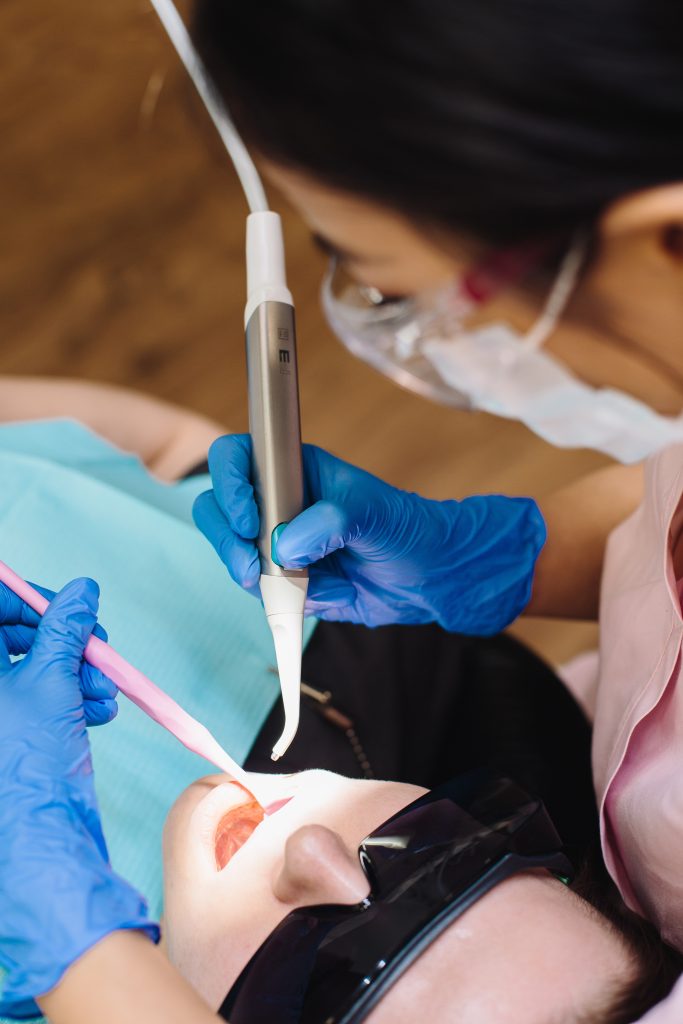As a pet owner, one of the most important responsibilities we hold is ensuring the health and safety of our furry friends. Sometimes, this means recognizing when they need medical attention beyond routine check-ups and vaccinations. Being aware of the warning signs that your pet requires emergency vet care can be lifesaving.
It’s often tough to discern when to rush to the vet, especially during odd hours, but swift action can be critical. Let’s explore the signs and symptoms that may indicate your pet is experiencing a serious health issue.
Recognizing an Emergency Situation
Just like us, pets can exhibit sudden changes in behavior or physical state, which can suggest an underlying, potentially life-threatening condition. It’s vital to be observant and notice unusual shifts in their demeanor or physical health. Here’s what to look out for:
Severe Injuries and Trauma
-
Bleeding: Continuous or severe bleeding is a clear call for emergency care.
-
Limping or Inability to Move: Sudden limping or paralysis could indicate serious injury or a neurological condition.
-
Evidence of Pain: Persistent moaning, shaking, or withdrawal may mean your pet is in pain and needs immediate attention.
Difficulty Breathing
Labored breathing, coughing incessantly, or choking should raise immediate concern. If your pet is gasping for air or shows signs of blue gums or tongue, it’s indicative of a lack of oxygen and requires urgent veterinary care.
Altered Mental State
-
Unresponsive Behavior: If your pet doesn’t react to stimuli or commands as usual, this could be a red flag.
-
Seizures: Any uncontrolled twitching or convulsions are alarming and warrant emergency assistance.
-
Extreme Lethargy: A sudden lack of energy or collapse can signal a critical condition.
Severe Gastrointestinal Symptoms
Vomiting and diarrhea can sometimes be common in pets. However, if these symptoms are persistent, especially if accompanied by blood, they could signify a serious problem. Also, if your pet is retching and unable to vomit, it may have bloat, a dangerous condition requiring immediate vet care.
When To Seek Emergency Veterinary Care
Spotting the above symptoms is crucial, but there are other times when we might be unsure whether our pet’s condition is an emergency. It’s better to err on the side of caution when you observe the following:
Unexpected Physical Changes
-
Swollen Abdomen: This can indicate a number of underlying issues, including internal bleeding or organ failure.
-
Sudden Weight Loss or Gain: Rapid changes in your pet’s weight without a change in diet or exercise should be taken seriously.
-
Change in Appetite or Thirst: Any abrupt increase or decrease can be a sign of diabetes or kidney disease.
Specific Conditions Requiring Immediate Action
There are certain symptoms that, while they may seem minor, could be symptomatic of major health issues that require urgent veterinary attention. These include:
-
Blood in Urine or Feces Can be indicative of poisoning, infections, or internal injuries.
-
Difficulty Urinating: This may signal a urinary tract infection or blockage, particularly in male cats, and can be fatal if not treated promptly.
-
Eye Injuries: Eyes are delicate, and any injury should be considered an emergency.
These are some of the vital signs to watch for. However, as we would want for ourselves, securing swift and appropriate medical treatment can make all the difference for our pets in an emergency.
Emergency Veterinary Care
If any of the signs mentioned call for urgent action, having access to an emergency vet Staten Island can be vital in ensuring your pet receives the immediate attention it needs. When you suspect an emergency, don’t hesitate to contact your local emergency vet or animal hospital. Time is of the essence, and it’s always better to be safe than sorry.
Pet Vaccinations and Parasite Prevention
A strong foundation of preventive care can mitigate the risk of emergencies down the line. This is where comprehensive pet wellness plans come into play. Vaccinations, regular check-ups, and a dedicated regiment to prevent parasites are essential components of a wellness plan. These proactive measures can keep your pet healthy and prevent diseases that might otherwise lead to emergencies.
Signs that Should Not Be Ignored
While some symptoms may not seem urgent, they can deteriorate quickly and pose a significant risk to your pet’s health. Always pay close attention to:
Signs of Poisoning
-
Excessive Salivation: A classic sign of ingesting something toxic.
-
Rapid Heart Rate: This can indicate your pet is in distress due to a poisonous substance.
-
Vomiting or Diarrhea after Ingesting a New Substance: While it may sometimes just be an upset stomach, it could also point to poisoning or an allergic reaction.
Pregnancy and Birth Complications
If your pet is expecting, monitor closely for distress. It’s crucial to seek immediate veterinary care if she has been in labor for an extended period without delivering or if she seems excessively weak or ill.
Veterinary Surgery
Occasionally, emergencies can culminate in the need for pet surgery in Staten Island. Whether it’s a necessary procedure following an accident or an urgent operation due to illness, access to skilled veterinary surgeons is vital. Proper surgical care can mean the difference between full recovery and further complications.
Conclusion
Nobody knows your pet better than you do. Trust your instincts – if something seems off, it’s important to seek professional advice. Always keep the contact details of your vet and local emergency clinic on hand, and don’t hesitate to use them when needed.
Remember, it’s our love and diligence that can often make the biggest impact on our pet’s health and well-being. Stay attentive to the signs and ensure you’re equipped with the knowledge that can help your pet when they need it most.









